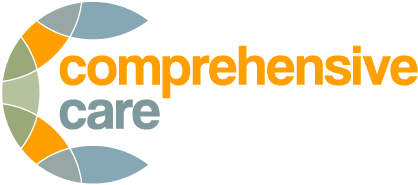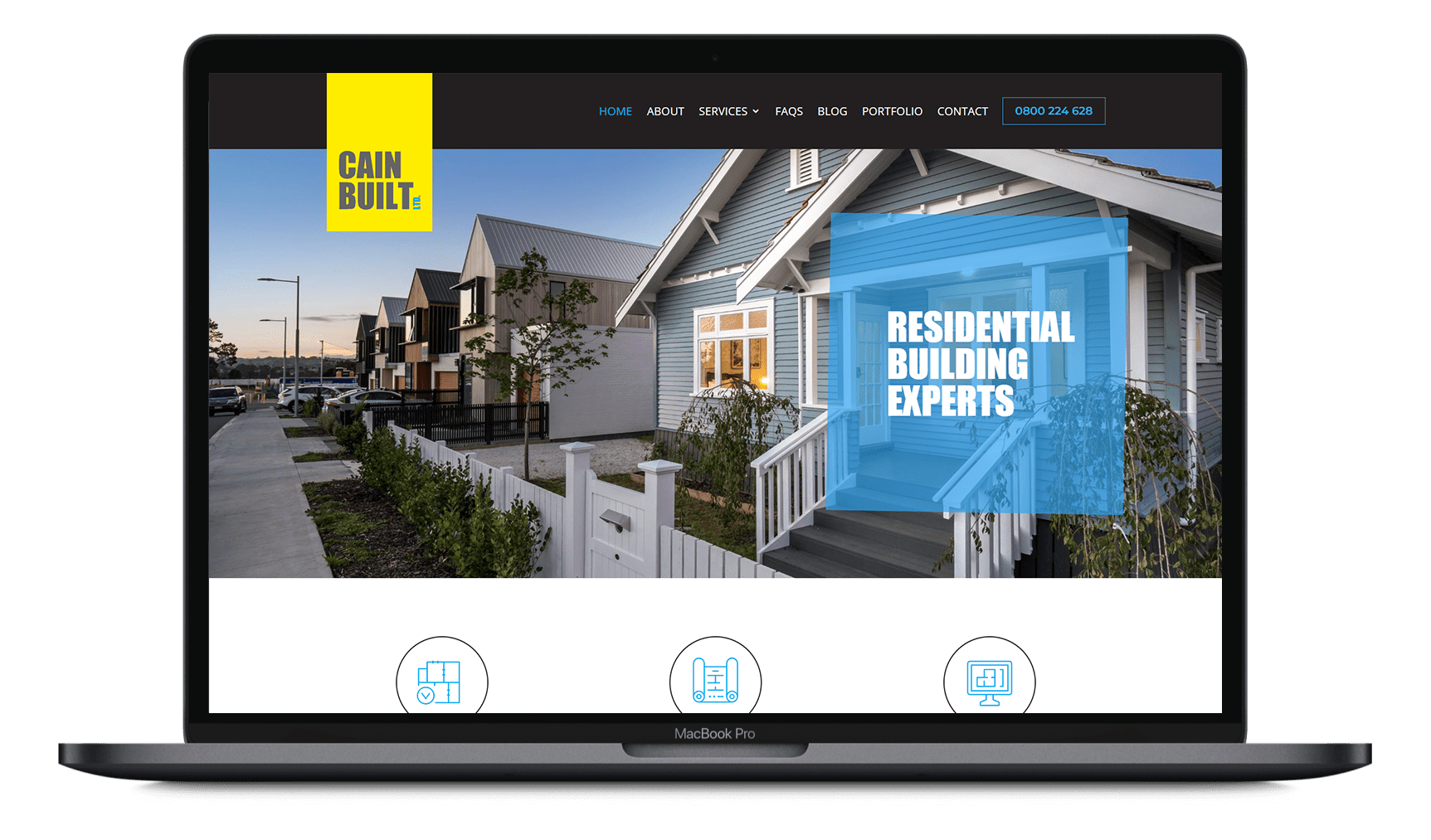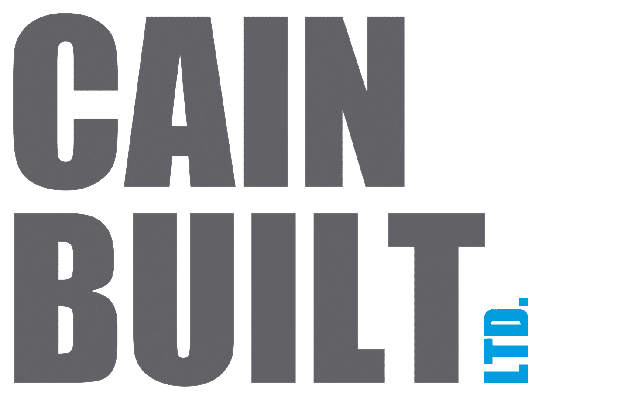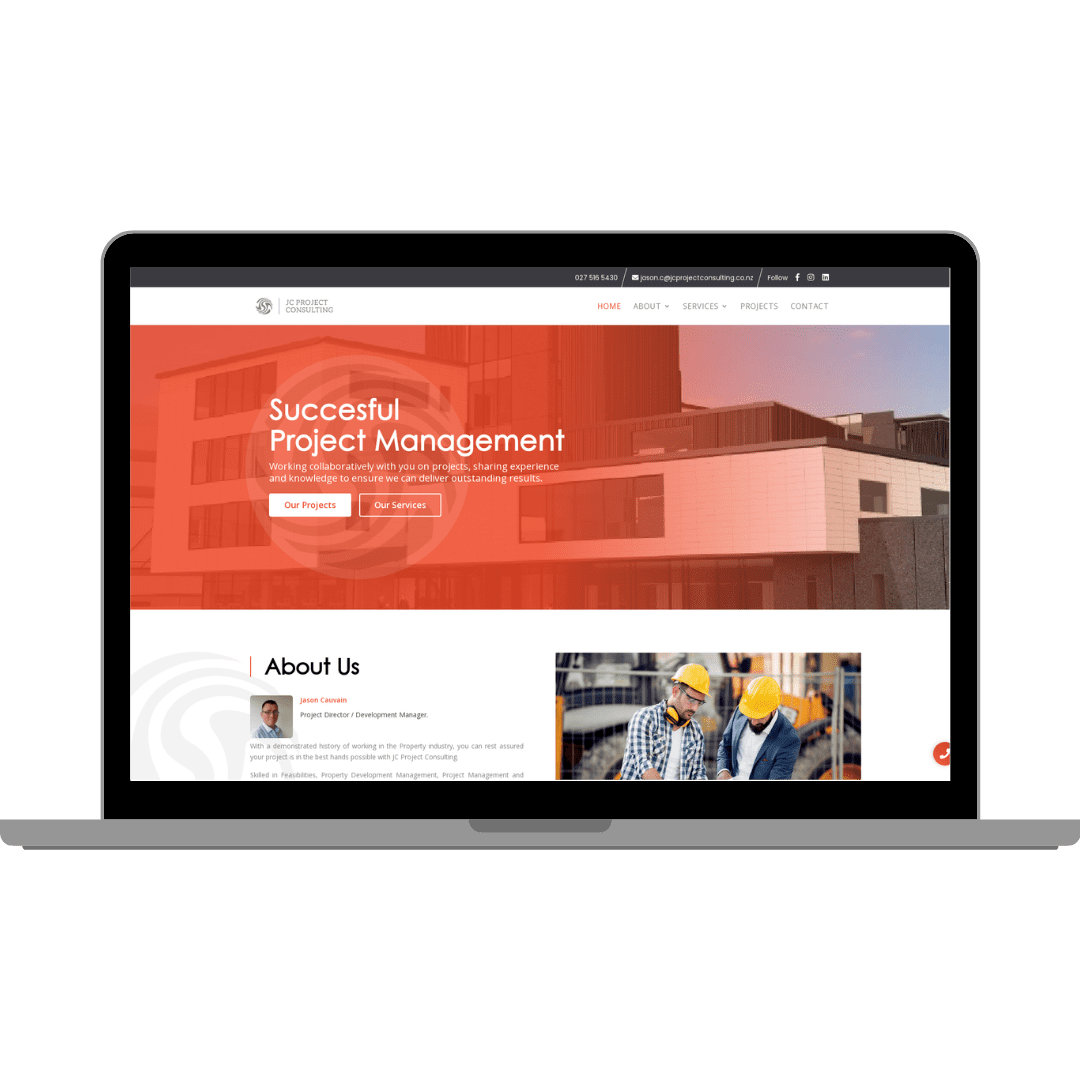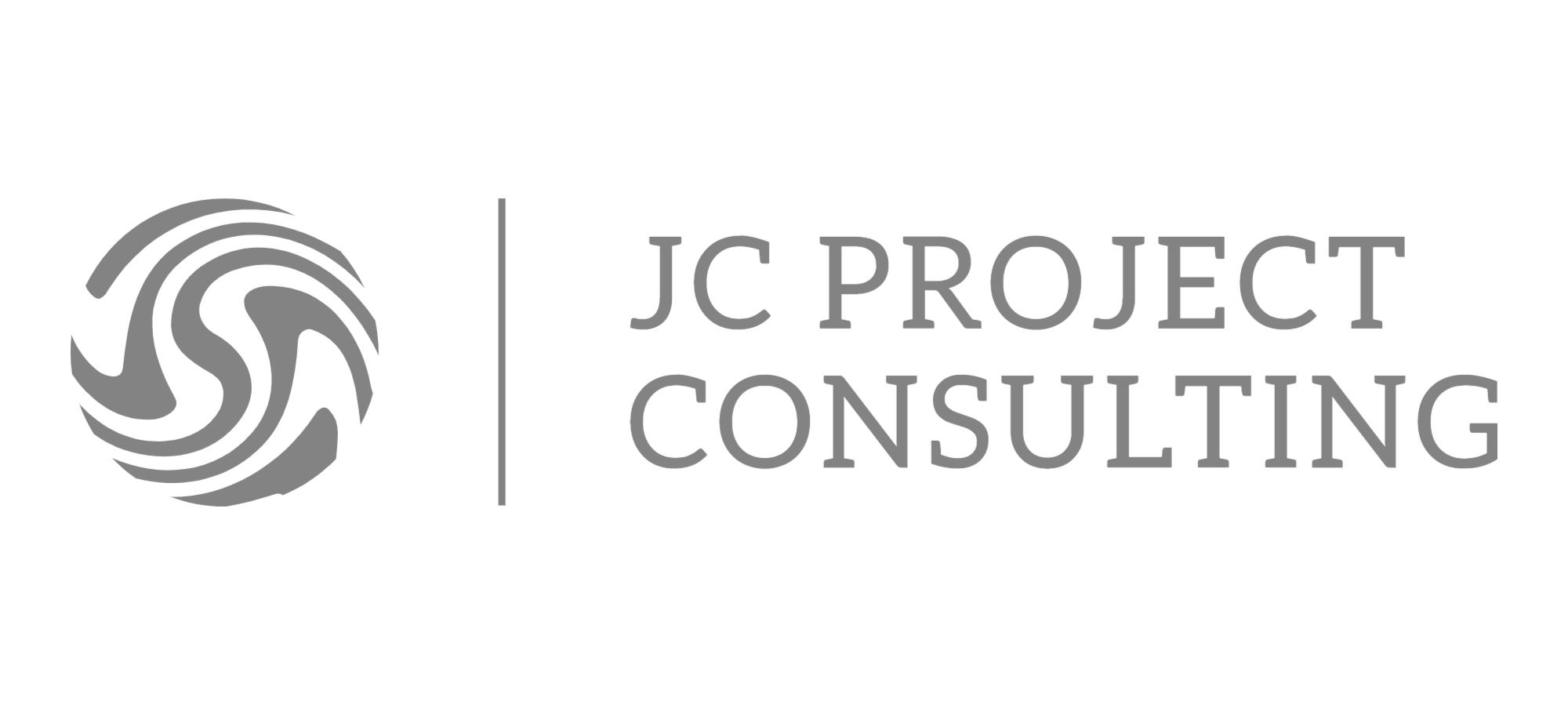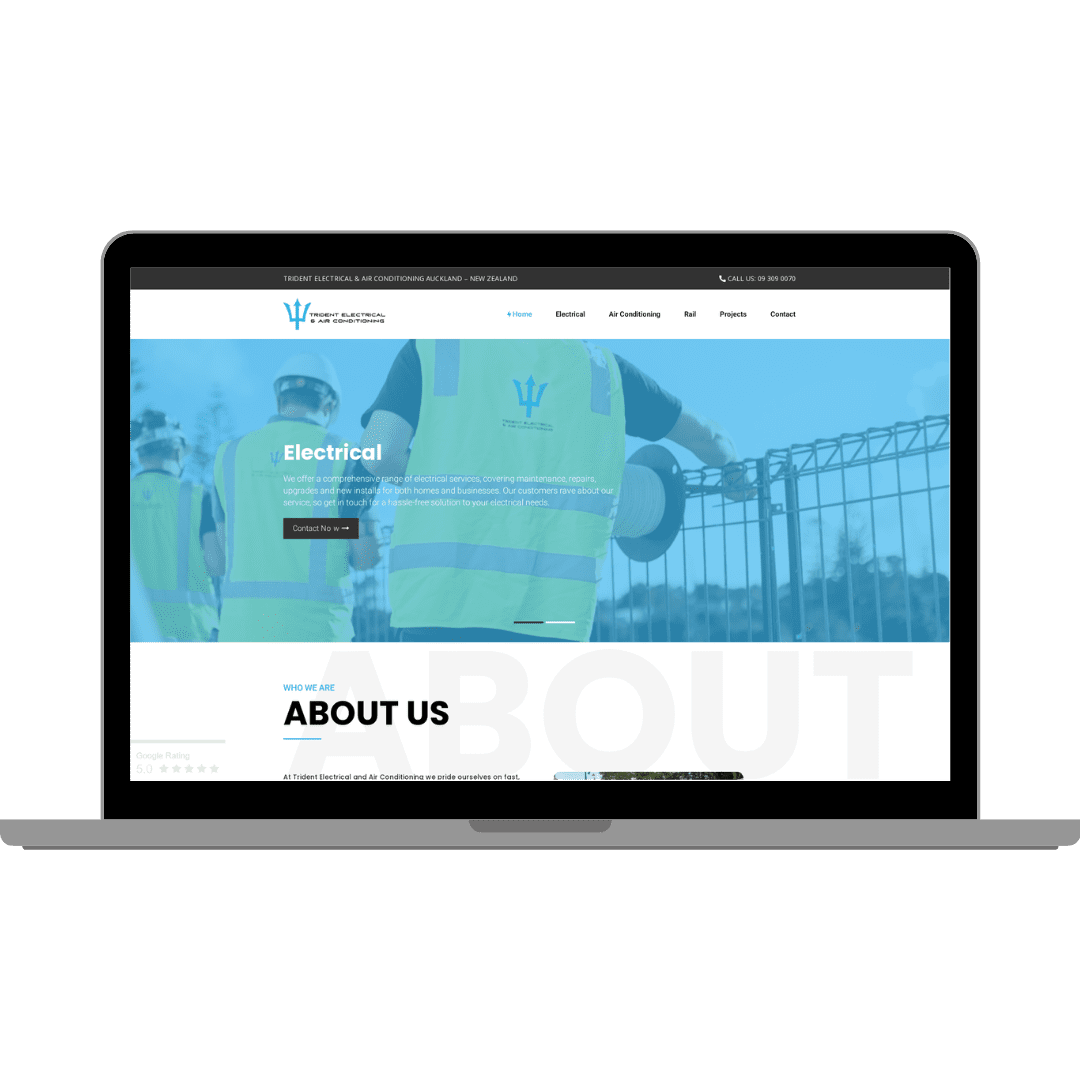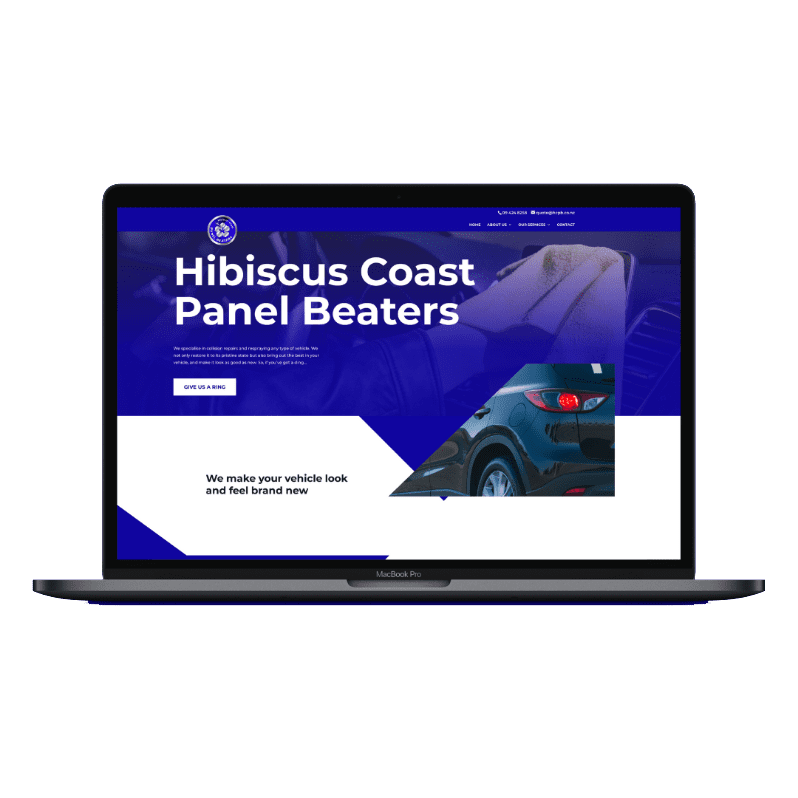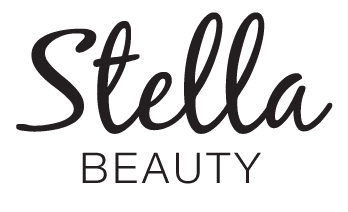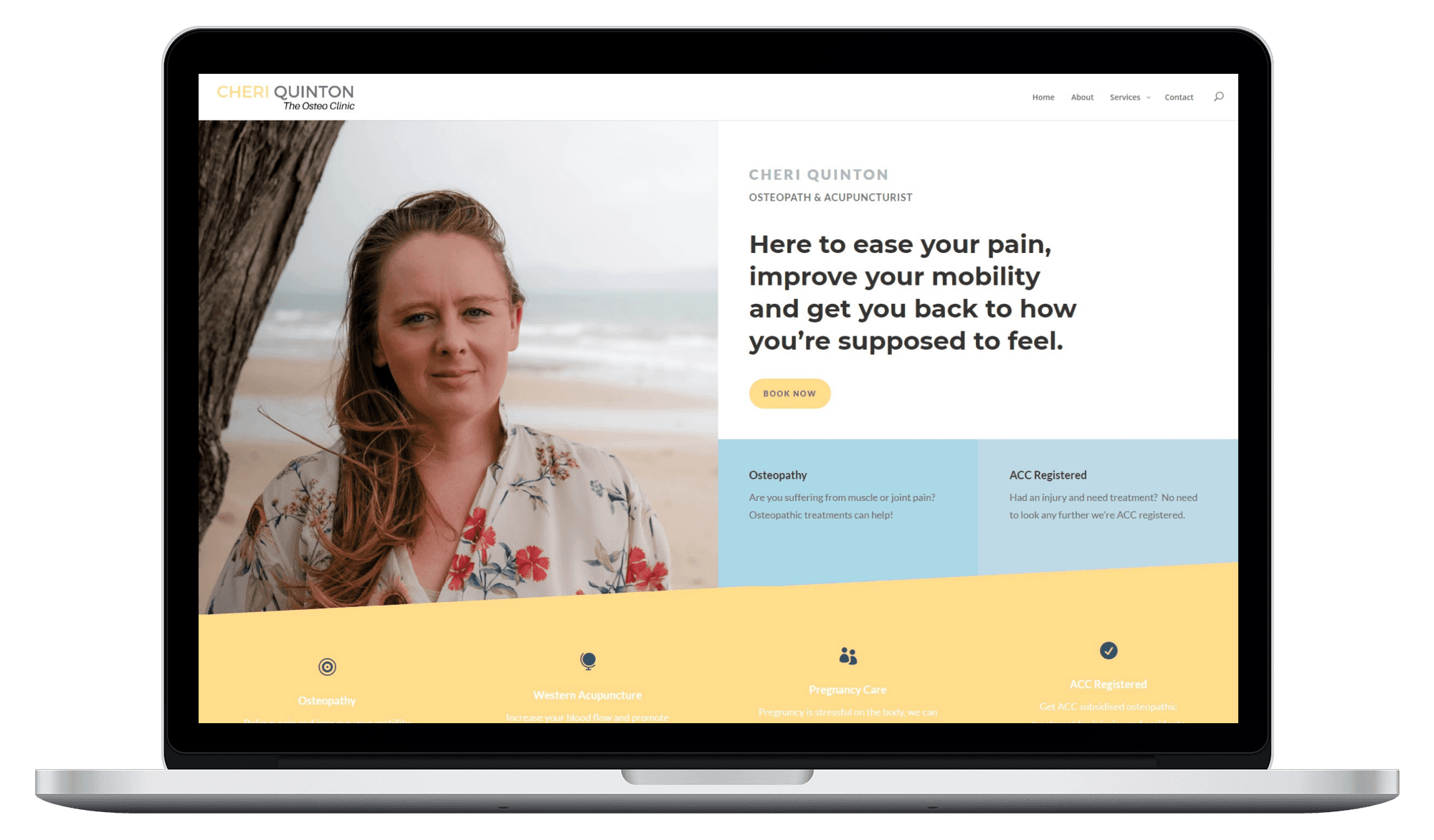As part of the local TNG (The Networking Group) chapter that I go to, we occasionally give a 10 minute presentation about what our business is, where we came from and in general just a more in depth version of the standard 1 minute speeches we do at each meeting. Considering I’ve been going to the same group for a while and most of the people there know what Mars Digital does reasonably well by now, I thought it would be a good opportunity to go over some digital marketing basics that everybody there could take advantage of.
Being a 10 minute presentation I wasn’t able to go into too much detail but at the very least the idea was to touch on a few different strategies and how they interact, giving a basic outline and roadmap for everyone to follow.
Search Engine Optimisation (SEO)
Alright, the first thing I thought I could touch on was SEO, or search engine optimisation, which is the act of getting your website to rank on the first page of Google for various searches. For example, Jason would probably want the Byrne Homes website to show up when someone searches for “builders Auckland” or “house builds NZ”.
So how do we make that happen? Well without going too deep into it, I’ll give you the biggest factor. Content. Google loves content, specifically quality content that will engage your visitors. As a general rule, make sure you have at least 300 words on every page of your website, the exception being the contact page. Next, you want that content to be easily readable but also include key terms and phrases people search for on Google. In fact, Google loves longtail keyphrases, so work these into your content whenever you can. A longtail term is essentially a searchable question or sentence. For example, Theo (UProtect NZ) could have an article on his website that tackles the question “is income protection insurance right for me?”. That is a longtail keyphrase, the keywords in that question being income protection and insurance.
This actually brings me nicely to the next point. Because Google loves good quality content so much if you have the time, perhaps the most beneficial thing you can do for your own Google rankings is to write blogs posts and articles. You don’t need to spend all day everyday writing but once a week or month will drastically improve your SEO over time. Just make sure that you don’t copy and paste other articles. You can definitely take inspiration, but straight up copy and paste will actually hurt your rankings, not improve it.
As you write your articles there are a few things to keep in mind:
- Make it easy to read
- Don’t just upload solid blocks of text to your website, it’s daunting to see and people will just back away when they see it, making your hard work worthless.
- Use headings
- This actually goes with the first point but using headings and subheadings all throughout your article. Not only does it break up that wall of text but it tells Google exactly what your article and parts of your article are about.
- Add videos
- If you get sick of writing and aren’t afraid of the camera, record yourself talking about a topic, upload it to YouTube and post that as a blog.
- Google loves videos, and this is because videos are more engaging than written content. So if you have a video, add it to your website, add it to your blog.
What’s the old saying? A picture is worth a thousand words? Well if a picture is worth a thousand words and most videos today are filmed at 30 or 60 frames per second then a 1-minute video would be worth 1.8 million words.
Now you have content that Google and your visitors will love it’s time to get it out there. For this we have a couple of options:
- Social Media







